For many parts of Japan, this week is the Obon season. This is the time when several generations of family members all come together in one house for a visit. Luckily for the hosts, the vast majority of these relatives are ghosts so don’t take up a lot of space.
But even though they’re ghosts it’d be rude not to lay out some food for them, and so it’s not uncommon to place some snacks or beverages on graves or family altars in the home. Among these you might find shoryo uma, little animals made of cucumber and eggplant meant symbolize animals which carry the spirits to and from the otherworld.
Traditionally these tiny animals are made by jabbing four sticks into the vegetable for legs. The result is quaint but kind of looks like something I’d slap together for my third grade art project so I could get back to playing Dragon Warrior – hardly something fit for the people who paved the way for your existence to ride in on! As such some people in Japan have begun pimping their shoryo uma to make sure their ancestors’ rides are safe, comfy, and in some cases kind of epic.
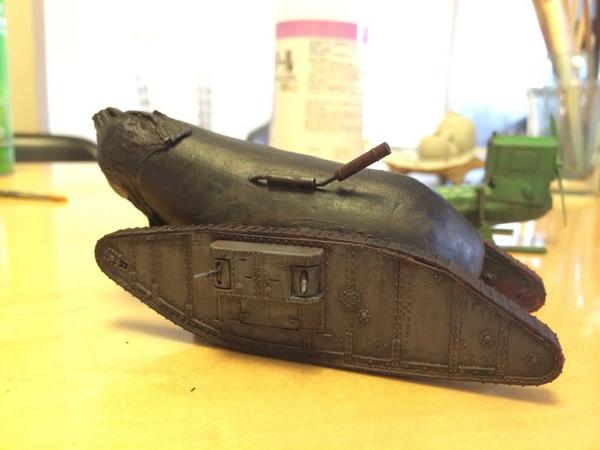
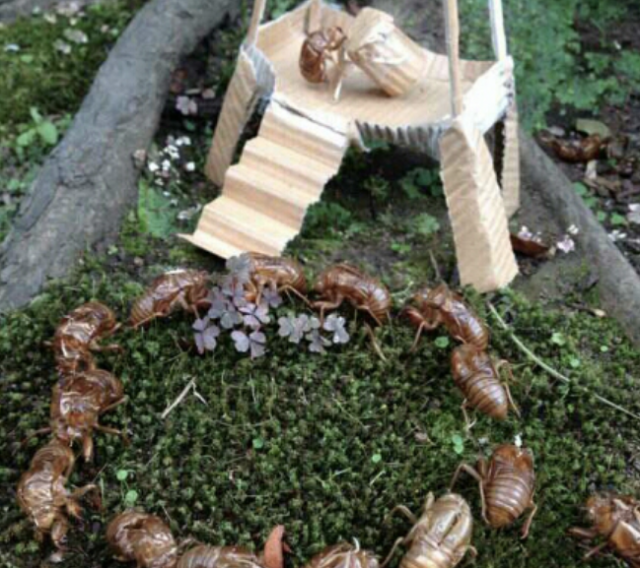
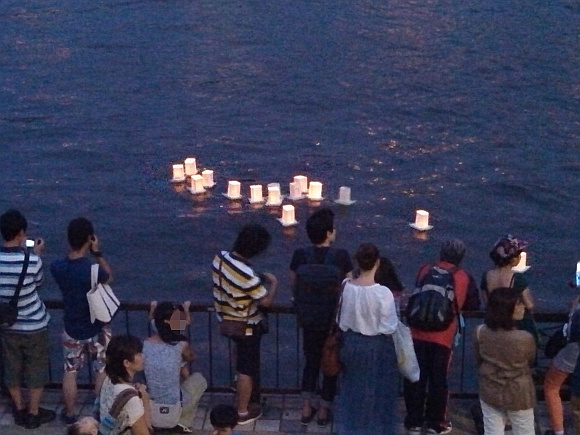
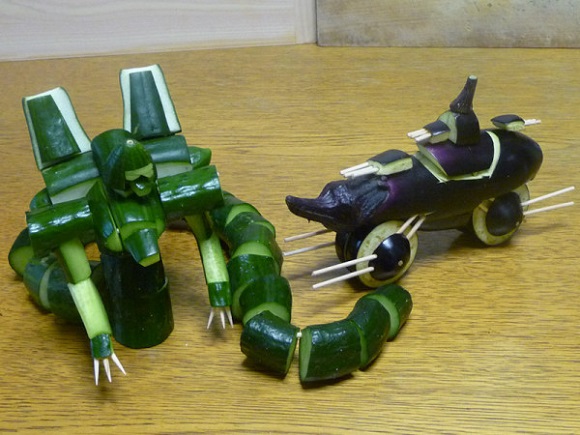
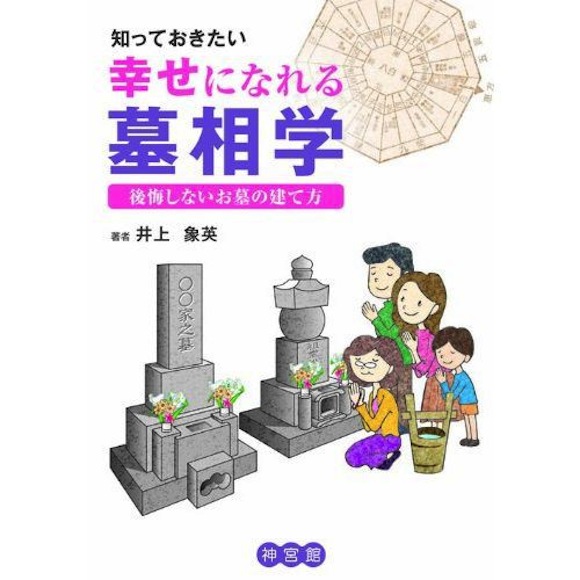
 Ramen restaurant etiquette reminder follows altercation with angry couple: One person, one bowl
Ramen restaurant etiquette reminder follows altercation with angry couple: One person, one bowl Starbucks Japan reveals new winter holiday goods to wrap up 2024
Starbucks Japan reveals new winter holiday goods to wrap up 2024 Tokyo’s Super Mario Christmas decoration displays are super cool【Photos】
Tokyo’s Super Mario Christmas decoration displays are super cool【Photos】 Sailor Moon and J-pop mega-star Ayumi Hamasaki team up for collaboration, pre-defeat scalpers
Sailor Moon and J-pop mega-star Ayumi Hamasaki team up for collaboration, pre-defeat scalpers Police called out to investigate suspicious Santa in Wakayama
Police called out to investigate suspicious Santa in Wakayama See-through Japanese maid’s uniform gives you the power of X-Ray vision
See-through Japanese maid’s uniform gives you the power of X-Ray vision The best Christmas Market in Japan? Yokohama event is top choice for travellers
The best Christmas Market in Japan? Yokohama event is top choice for travellers Japanese government will check and judge new baby name pronunciations, presents guidelines
Japanese government will check and judge new baby name pronunciations, presents guidelines Psyduck teapot produced by Japanese craftspeople is here to serve up a headache-soothing cuppa
Psyduck teapot produced by Japanese craftspeople is here to serve up a headache-soothing cuppa Kura Sushi has a new parade-delivered whole cake dessert, but what’s it like to eat?【Video】
Kura Sushi has a new parade-delivered whole cake dessert, but what’s it like to eat?【Video】 This downtown Tokyo cafe is like a time machine that takes you back 50 years into the past
This downtown Tokyo cafe is like a time machine that takes you back 50 years into the past Station of despair: What to do if you get stuck at the end of Tokyo’s Chuo Rapid Line
Station of despair: What to do if you get stuck at the end of Tokyo’s Chuo Rapid Line Major Japanese city is abolishing extracurricular activities at all of its middle schools
Major Japanese city is abolishing extracurricular activities at all of its middle schools Japanese company develops classy heavy metal band frames for glasses
Japanese company develops classy heavy metal band frames for glasses Shakey’s is back! All-you-can-eat pizza chain returns to downtown Tokyo’s Shinjuku
Shakey’s is back! All-you-can-eat pizza chain returns to downtown Tokyo’s Shinjuku Japanese train station vending machine has the best souvenirs for rail otaku
Japanese train station vending machine has the best souvenirs for rail otaku Studio Ghibli showcases traditional craftsmanship with new wallet range
Studio Ghibli showcases traditional craftsmanship with new wallet range Possessing Harry Potter’s Sword of Godric Gryffindor is now illegal in Japan
Possessing Harry Potter’s Sword of Godric Gryffindor is now illegal in Japan Uniqlo announces first-ever collaboration with horror manga master Junji Ito【Photos】
Uniqlo announces first-ever collaboration with horror manga master Junji Ito【Photos】 J-pop mega star Ado reveals she’s been living in the U.S., may not understand language acquisition
J-pop mega star Ado reveals she’s been living in the U.S., may not understand language acquisition Starbucks Japan is calling it quits with paper straws
Starbucks Japan is calling it quits with paper straws Japan’s most popular castle raising ticket prices by up to 200 percent for non-local tourists
Japan’s most popular castle raising ticket prices by up to 200 percent for non-local tourists Furikake rice seasoning sales are soaring, which is bad news for Japan as a whole
Furikake rice seasoning sales are soaring, which is bad news for Japan as a whole Studio Ghibli heroine cardigans give you warmth and strength to face everyday challenges
Studio Ghibli heroine cardigans give you warmth and strength to face everyday challenges Eight unforgettable hot springs, as recommended by Japan’s “Professor Bath”
Eight unforgettable hot springs, as recommended by Japan’s “Professor Bath” McDonald’s new Happy Meals offer up cute and practical Sanrio lifestyle goods
McDonald’s new Happy Meals offer up cute and practical Sanrio lifestyle goods Foreign tourists on Shinkansen bullet train break suitcase etiquette, angering local passengers
Foreign tourists on Shinkansen bullet train break suitcase etiquette, angering local passengers [Deleted] Article written for April Fool’s Day 2018
[Deleted] Article written for April Fool’s Day 2018 Japanese government to make first change to romanization spelling rules since the 1950s
Japanese government to make first change to romanization spelling rules since the 1950s Foreigner’s request for help in Tokyo makes us sad for the state of society
Foreigner’s request for help in Tokyo makes us sad for the state of society Japanese convenience store Family Mart announces abolishment of eat-in spaces
Japanese convenience store Family Mart announces abolishment of eat-in spaces Life-size vibrating Legend of Zelda Master Sword for sale from Nintendo【Photos】
Life-size vibrating Legend of Zelda Master Sword for sale from Nintendo【Photos】 Princesses, fruits, and blacksmiths: Study reveals the 30 most unusual family names in Japan
Princesses, fruits, and blacksmiths: Study reveals the 30 most unusual family names in Japan Studio Ghibli releases free-download board game — Here’s how to play it without reading Japanese
Studio Ghibli releases free-download board game — Here’s how to play it without reading Japanese See-through Japanese maid’s uniform gives you the power of X-Ray vision
See-through Japanese maid’s uniform gives you the power of X-Ray vision The best Christmas Market in Japan? Yokohama event is top choice for travellers
The best Christmas Market in Japan? Yokohama event is top choice for travellers Japanese government will check and judge new baby name pronunciations, presents guidelines
Japanese government will check and judge new baby name pronunciations, presents guidelines Psyduck teapot produced by Japanese craftspeople is here to serve up a headache-soothing cuppa
Psyduck teapot produced by Japanese craftspeople is here to serve up a headache-soothing cuppa Kura Sushi has a new parade-delivered whole cake dessert, but what’s it like to eat?【Video】
Kura Sushi has a new parade-delivered whole cake dessert, but what’s it like to eat?【Video】 This downtown Tokyo cafe is like a time machine that takes you back 50 years into the past
This downtown Tokyo cafe is like a time machine that takes you back 50 years into the past How often do Japanese people search for their ex online?【Survey】
How often do Japanese people search for their ex online?【Survey】 The 10 best hotel hot springs in Japan, as chosen by Japanese travelers
The 10 best hotel hot springs in Japan, as chosen by Japanese travelers Snowman Totoro, other self-righting dolls never stay down, will always keep your spirits up【Pics】
Snowman Totoro, other self-righting dolls never stay down, will always keep your spirits up【Pics】 Starbucks Japan releases a new Frappuccino that looks and tastes like a floral bouquet
Starbucks Japan releases a new Frappuccino that looks and tastes like a floral bouquet “Denki Anma”: The Japanese traditional torment that you’ll be glad stays in Japan
“Denki Anma”: The Japanese traditional torment that you’ll be glad stays in Japan One of Japan’s rarest sweets is a sell-out hit that looks and tastes like frost
One of Japan’s rarest sweets is a sell-out hit that looks and tastes like frost Tokyo’s downtown Chuo Line now has first-class Green Car carriages for no additional cost to ride
Tokyo’s downtown Chuo Line now has first-class Green Car carriages for no additional cost to ride